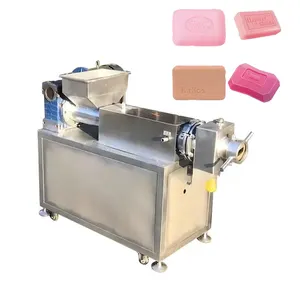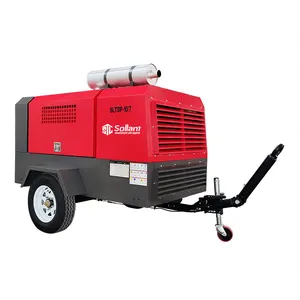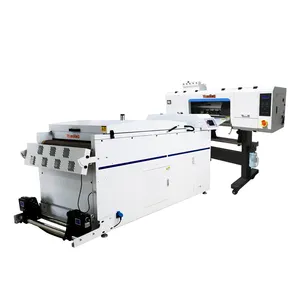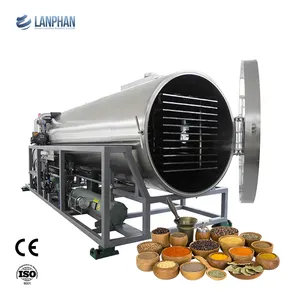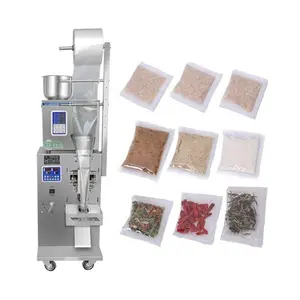Popular in your industry













































































































































































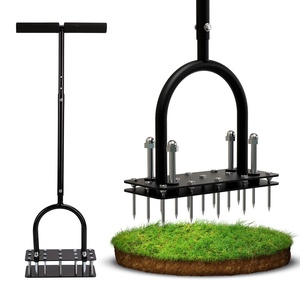






















Top categories
About aerator tool
Introduction
A lush, green lawn is a homeowner's pride, but maintaining it requires more than just regular watering and mowing. The secret lies in the soil's health, which can be significantly improved by using an aerator tool. This article delves into the importance of soil health, the role of an aerator tool in enhancing it, and the different types of aerator tools available. It also provides a comprehensive guide on how to use an aerator tool effectively, the benefits of aeration for soil health, and the post-aeration care necessary for maintaining a healthy lawn.
Understanding Soil Health
Soil health, also known as soil quality, is the capacity of soil to sustain plant and animal productivity, maintain or enhance water and air quality, and support human health over a long time scale. It's a function of the biological, physical, and chemical characteristics of soil that supply plant nutrient requirements. A healthy and fertile soil must have good structure and drainage, sufficient depth for root growth, adequate nutrient availability, small weed and pest populations, large populations of beneficial organisms, no toxins, and resilience to adverse conditions.
What is an Aerator Tool?
A lawn aerator is a garden tool designed to create holes in the soil to help lawn grasses grow. In compacted lawns, aeration improves soil drainage and encourages worms, microfauna, and microflora which require oxygen. Lawn aeration involves controlling lawn thatch and reducing soil compaction, which promotes grass root multiplication. The process of aerating either by coring or spiking causes the roots to divide or sever apart, which rarely happens naturally. This results in a thick, deeply rooted lawn as the holes become engorged with roots.
Why Use an Aerator Tool?
Aeration is a crucial process for maintaining a healthy lawn. It involves mechanically removing small plugs of soil and thatch from the lawn, a process often referred to as 'core aeration'. This process reduces soil compaction, promotes root growth, and allows air, water, and fertilizer to better reach the root zone, resulting in healthier, stronger turfgrass plants. The type of aeration equipment used can significantly impact the effectiveness of the treatment. Aeration is necessary as compact soil can prevent grass from establishing a healthy root system and restrict water and fertilizer from reaching the roots.
Types of Aerator Tools
Aerator tools come in various types, each suited to different lawn sizes and soil compaction levels. Manual core aerators are inexpensive and ideal for small lawns or spot aeration. Gas-powered, push-behind core aerators, similar to lawn mowers, are best for medium to large lawns with moderate to high soil compaction. Tow-behind plug aerators, though pricey, save time and energy, making them perfect for larger lawns with severe compaction. Spike aerators, on the other hand, include pitchforks, spiked aerator shoes, rolling push aerators, and tow-behind spike aerators, each catering to different lawn sizes and compaction levels.
Manual Aerator Tools
Manual aerator tools are known for their power and proficiency. Their innovative design allows them to penetrate even the toughest soils with ease. These tools feature an all-steel design, beveled stem, and open-faced removable tines, making them durable and efficient. Manual aerator tools are unique in that they remove and eject soil samples, reducing the need for stopping and unclogging. This makes your lawn aeration job faster and more efficient. They are also easy to use, requiring you to simply press them into the ground after watering your lawn.
Powered Aerator Tools
Powered aerator tools are a labor-saving alternative to manual aerators, ideal for larger lawns. They mechanically create a series of holes in the lawn, improving soil health. Electric lawn rake scarifiers, for instance, are light and compact. They feature interchangeable drums for shallow aeration and scarification. Another option is the robust plastic-bodied scarifier with a powerful motor. It efficiently removes moss and other organic lawn debris, and also features two interchangeable drums for aeration and scarification.
How to Use an Aerator Tool
To use an aerator tool, first identify the type of aerator you have. Spike aerators poke holes into the ground, while plug aerators remove a core of grass and soil. For optimal results, use a tool that removes soil plugs about 2-3 inches deep and 0.5-0.75 inches in diameter, spaced 2-3 inches apart. These tools can be rented from home improvement centers. Follow the provided instructions carefully. Consider sharing the rental cost with a neighbor who also needs to aerate their lawn.
Preparation
Before using an aerator tool, it's crucial to prepare your lawn. Start by mowing your lawn at the lowest setting to remove thatch, which can inhibit seed germination. Next, mark any underground items like sprinkler heads or invisible dog fences to prevent damage from the aerator. Lastly, ensure your soil is moist but not soggy. This helps the aerator pull cores out of the soil more efficiently. If you have a sprinkler system, set it to water three times a day for about 10 minutes per zone.
Aeration Process
Soil aeration is a crucial process for maintaining soil health, often performed using an aerator tool. Two common types are plug aerators and spike aerators. A plug aerator removes cylindrical plugs from the soil, while a spike aerator pokes holes. This process helps alleviate soil compaction, a common issue in lawns, by creating space for oxygen, essential for plant roots and soil organisms. However, care should be taken as using a spike aerator incorrectly may lead to further soil compaction.
Post-Aeration Care
After using an aerator tool, it's crucial to follow certain steps for optimal lawn health. Immediately after aeration, water your lawn deeply to prevent the soil from drying out. Then, apply a high-quality, slow-release fertilizer to nourish the grass and promote growth. Avoid mowing too soon after aeration; wait about 2-4 weeks. Also, limit heavy traffic on your lawn for at least two weeks to allow the soil to heal and settle. These post-aeration care steps will ensure your lawn recovers quickly and remains lush and healthy.
Benefits of Using an Aerator Tool for Soil Health
Aeration is crucial for maintaining healthy and green lawns. It reduces soil compaction, allowing roots to absorb necessary nutrients and grow vigorously. Using a lawn aerator, the soil is perforated with small holes, enabling air, water, and other nutrients to penetrate deeper. If not aerated, compacted soil can hinder proper lawn growth, making the grass more susceptible to diseases and insect invasions. A lawn aerator is also an ecological practice, as a healthy lawn with dense grass blades increases the oxygen level in the atmosphere, providing fresher air.
Improved Water Uptake
Soil additives, or soil amendments, enhance water retention in the soil, benefiting plant growth and overall soil health. These additives improve its physical properties and optimize its structure and water-holding capacity. Organic amendments like compost, manure, and peat moss act as sponges that absorb and slowly release moisture to plant roots. Inorganic additives such as vermiculite and perlite create reservoirs within the soil, absorbing and holding water for plant uptake. These additives improve soil structure by creating pore spaces that facilitate water infiltration, storage, and availability to plant roots.
Enhanced Nutrient Absorption
Aeration plays a crucial role in enhancing nutrient absorption in your lawn. Compacted and hard soils can hinder the proper growth of your lawn, turning it brown or yellow, and increasing the appearance of weeds. By using an aerator tool, the soil is perforated with small holes, allowing air, water, and other nutrients to penetrate deeper. This process reduces soil compaction, oxidizes the soil, and enables the roots to absorb the necessary nutrients, promoting vigorous growth.
Promotion of Root Growth
Aeration plays a crucial role in promoting root growth. It ensures that the roots of plants have access to the necessary oxygen, which is vital for converting sugars into energy. A well-aerated soil maintains high levels of oxygen around the root mass, creating ideal conditions for vigorous root growth. This is achieved by using aeration amendments like perlite, pumice, vermiculite, and coco-coir. Each of these amendments contributes to creating a well-aerated soil, which is key to avoiding 'drowning' plants and ensuring the roots have access to the needed oxygen.
Conclusion
In conclusion, maintaining a healthy lawn is a multifaceted task that goes beyond mere aesthetics. It involves understanding the importance of soil health and the role of aeration in promoting it. Using an aerator tool is a crucial step in this process, as it helps alleviate soil compaction, enhance nutrient absorption, and promote root growth. With the right aerator tool and proper usage, you can ensure your lawn remains lush, green, and healthy. Remember, a well-aerated lawn not only looks good but also contributes to a healthier environment by increasing the oxygen level in the atmosphere.

